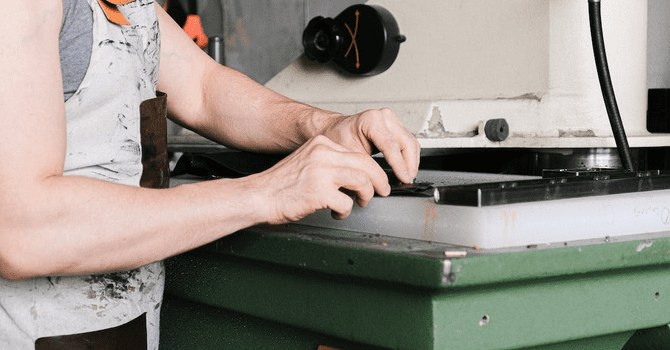
Heat press machines are essential tools for creating custom-printed designs on various materials such as garments, bags, and other items. However, like any machine, they may encounter common issues that can affect their performance. Although these heat press reviews can help you determine which machine best fits your needs, it is essential to master some basic troubleshooting strategies. In this guide, we will discuss some of the most common issues with heat press machines and how to troubleshoot them.
Uneven Heat Distribution
One of the most common issues with heat press machines is uneven heat distribution. This can result in incomplete or inconsistent transfers and poor print quality. To troubleshoot this issue, first, ensure that your machine is on a flat surface and not tilted. If the heat platen is not parallel to the base, it may cause uneven heating. You can also use a level tool to check the alignment of your machine. A dirty or damaged heat platen is another possible cause of uneven heat distribution. Over time, the surface of the platen can accumulate residue from transfer materials, such as adhesive or leftover ink. This residue can create hot spots on the platen, resulting in uneven heating.
Inconsistent Pressure

Another common issue with heat press machines is inconsistent pressure. This can result in uneven transfers or even completely failed prints. To troubleshoot this issue, first, check the pressure adjustment knob on your machine and ensure that it’s tightened properly. If the knob is loose, it can cause inconsistent pressure during printing. Additionally, make sure that your machine’s pressure gauge is accurate and calibrated correctly.
Inaccurate Temperature
Having an inaccurate temperature on your heat press machine can also affect the quality of your prints. To troubleshoot this issue, first, check the temperature reading on your machine and compare it to a separate thermometer. If there is a significant difference between the two readings, you may need to calibrate your machine’s temperature settings. Calibration methods can vary depending on the type of heat press machine you have, so refer to your user manual for instructions.
Timer Malfunction

The timer on a heat press machine is crucial in ensuring that each print receives the correct amount of time and heat for a successful transfer. If the timer malfunctions, it can lead to over or underexposed prints. To troubleshoot this issue, first, check that the timer is set correctly and working accurately. You can do this by using a separate stopwatch and comparing the times.
Peel or Cracks During Transfers
Finally, peeling or cracking transfers can be a common issue with heat press machines. This can happen if the pressure is too high or if the transfer paper is not removed promptly after pressing. To troubleshoot this issue, first, adjust the pressure settings on your machine to ensure it’s not too high. Additionally, make sure to remove the transfer paper immediately after pressing to prevent it from sticking to the material and causing cracks.
Remember, troubleshooting might involve a bit of trial and error. Document your settings and adjustments to track what works best for different materials and designs. Regular maintenance, such as cleaning the platen and checking for any wear and tear, can prevent many issues. By understanding these common problems and their solutions, you can keep your heat press machine running smoothly, ensuring flawless prints every time.






 Unfortunately, many entrepreneurs neglect the importance of effective financial management and find themselves in financial trouble. Failing to keep accurate records, not monitoring cash flow, or overspending on unnecessary expenses can lead to cash flow issues and even bankruptcy.
Unfortunately, many entrepreneurs neglect the importance of effective financial management and find themselves in financial trouble. Failing to keep accurate records, not monitoring cash flow, or overspending on unnecessary expenses can lead to cash flow issues and even bankruptcy.


